Ilyoung Bonjour (일영봉주르)
10.1Km 2024-02-22
248 Yuwonji-ro, Jangheung-myeon, Yangju-si, Gyeonggi-do
Ilyoung Bonjour is a restaurant located by a valley, offering an ideal setting to enjoy both a meal and water activities. Its key menu item is hanbang dakbaeksuk (whole chicken soup with medicinal herbs). It is served as a set menu that includes samgyeopsal (grilled pork belly), haemul pajeon (seafood pancake), and dotorimuk (acorn jelly salad). Amenities include an indoor swimming pool, a valley side for a refreshing dip, and a foot volleyball court. The water facilities are complimentary for guests who order a meal.
Seoul Eungbongsan Mountain (응봉산(서울))
10.1Km 2024-07-05
1540 Geumho-dong 4-ga, Seongdong-gu, Seoul
+82-2-2286-6061
From Eungbongsan Mountain, one can easily see the Hangang River, Seoul Forest, Jamsil Sports Complex and more in the eastern part of Seoul. With such a great view of the Hangang River, the mountain is often packed with visitors including many photographers. The mountain serves as a venue for diverse events, including a sunrise festival on New Year's Day and forsythia festival around April during the flowering season.
Hosujip (호수집)
10.1Km 2021-03-30
443, Cheongpa-ro, Jung-gu, Seoul
+82-2-392-0695
It is a restaurant where people wait in line as a hidden restaurant for locals in Chungjeong-ro. The best menu at this restaurant is spicy braised chicken. This Korean dishes restaurant is located in Jung-gu, Seoul.
Seoul Yakhyeon Catholic Church (서울 약현성당)
10.2Km 2020-03-26
447-1, Cheongpa-ro, Jung-gu, Seoul
+82-2-362-1891
Yakhyeon Catholic Church was established as a result of Korea gaining religious freedom in the 23rd year of King Gojong’s reign (1886) and the subsequent increase of the Catholic population. In 1891, Myeongdong Cathedral's head priest Doucet laid down the foundation stone in Hap-dong. Coadjutor bishop Coste was in charge of design and construction and the building was eventually completed in 1892. The church was named after "Yakjeonhyeon," or a hill of medicinal herbs. This is because the place where the church is located was once a hilly area covered with medicinal herbs. Later on, Yakjeonhyeon was shortened to Yakhyeon and it became the name of the hilly area between Malli-dong and Seoul Station.
Yakhyeon Catholic Church was the first Western-style church ever built in Korea. It's Gothic architecture features a 12-meter-wide and 32-meter-long cruciform construction with low arched windows and a pointed-arch entrance gate.
E-Mart - Eunpyeong Branch [Tax Refund Shop] (이마트 은평)
10.2Km 2024-04-22
111, Eunpyeong-ro, Eunpyeong-gu, Seoul
-
Namsan Octagonal Pavilion (남산 팔각정)
10.2Km 2021-06-19
105, Namsangongwon-gil, Yongsan-gu, Seoul
+82-2-3783-5900
Originally known as Unamjeong Pavilion, the pavilion was built in 1959 to commemorate Rhee Syngman. It was demolished by the 4.19 movement in 1960 and was rebuilt on November 11, 1968. This pavilion now sits atop Namsan Mountain, with views covering the entirety of Seoul below. As it is a prime spot to view the first sunrise of the year, the annual sunrise festival takes place every New Year's Day.
Olive Young - Gunja Station Branch [Tax Refund Shop] (올리브영 군자역)
10.2Km 2024-04-23
548, Cheonho-daero, Gwangjin-gu, Seoul
-
Junggok-dong Furniture Street (중곡동 가구거리)
10.2Km 2025-03-17
Cheonho-daero, Gwangjin-gu, Seoul
010-5508-0089
Junggok-dong Furniture Street stretches between Achasan Subway Station and Gunjagyo Bridge, hosting a concentration of furniture stores on either side of the main road. This area accommodates a diverse range of furniture stores, featuring well-known domestic and international brands alongside smaller and medium-sized furniture shops. It serves as a convenient destination for customers to compare and purchase various furniture items, including beds, sofas, dining tables, wardrobes, chairs, and interior accessories, all within close proximity. The accessibility to Gunja Subway Station makes it easily reachable via public transportation.
Ahn Junggeun Memorial Museum (안중근의사기념관)
10.2Km 2024-03-06
91, Sowol-ro, Jung-gu, Seoul
82-2-3789-1016
The Ahn Junggeun Memorial Museum honors the memory of Ahn Junggeun (1879-1910), an independence activist and soldier who advocated for Korean independence and peace in Asia. He fought against the Japanese to defend the Korean Empire (1897-1910). He was executed in 1910 for assassinating Hirobumi Ito, the Japanese who led the invasion of Korea in 1909, in Harbin, China.
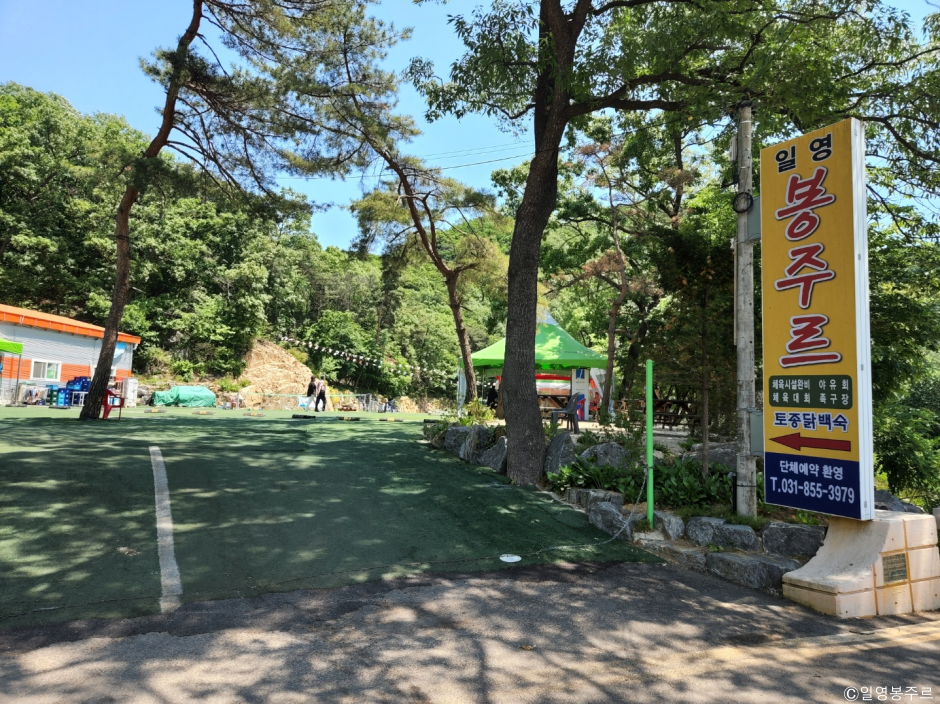

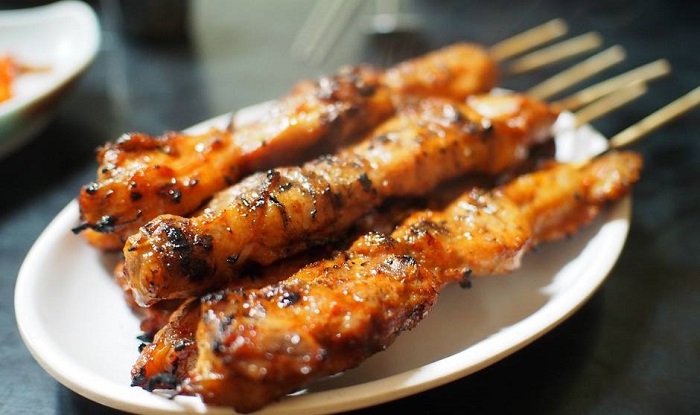
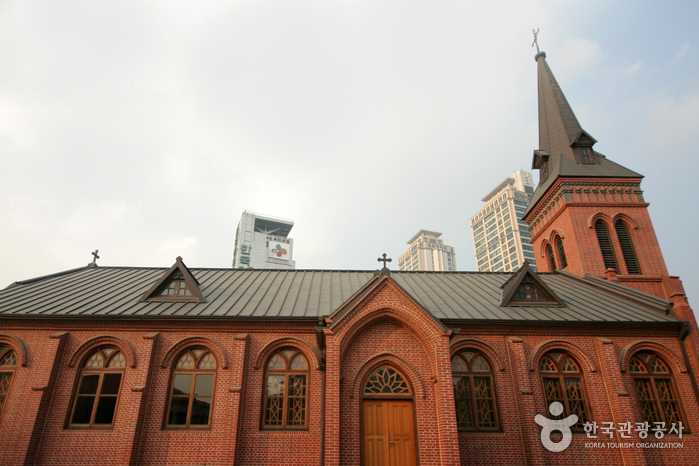
![E-Mart - Eunpyeong Branch [Tax Refund Shop] (이마트 은평)](http://tong.visitkorea.or.kr/cms/resource/84/2889084_image2_1.jpg)
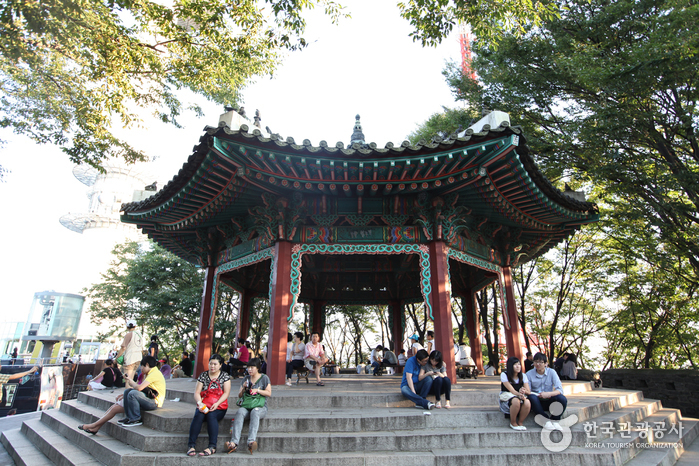
![Olive Young - Gunja Station Branch [Tax Refund Shop] (올리브영 군자역)](http://tong.visitkorea.or.kr/cms/resource/96/2878796_image2_1.jpg)
![5F N Gift [Tax Refund Shop] (5F N기프트)](http://tong.visitkorea.or.kr/cms/resource/40/2878440_image2_1.jpg)
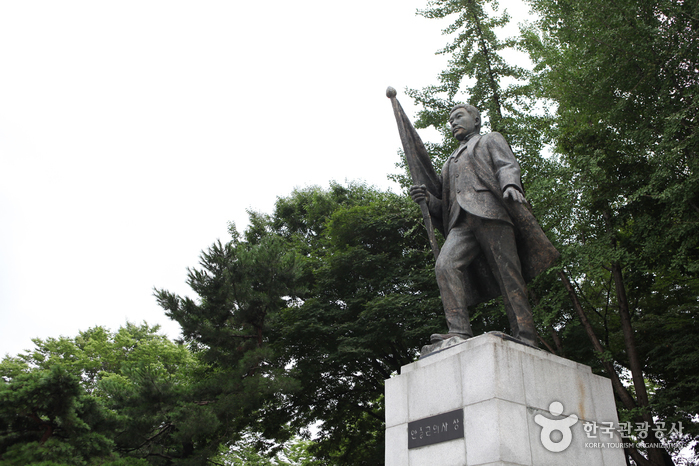
 English
English
 한국어
한국어 日本語
日本語 中文(简体)
中文(简体) Deutsch
Deutsch Français
Français Español
Español Русский
Русский